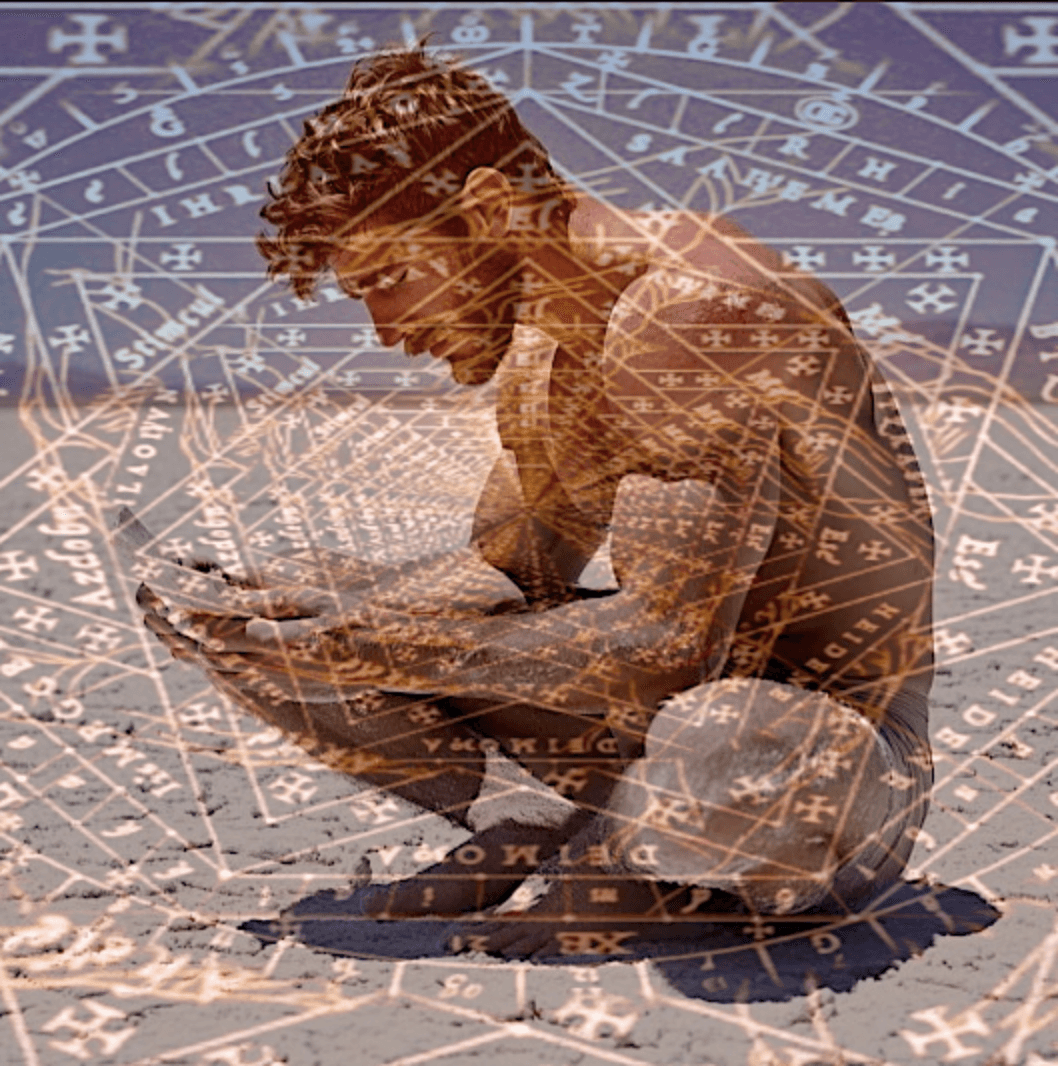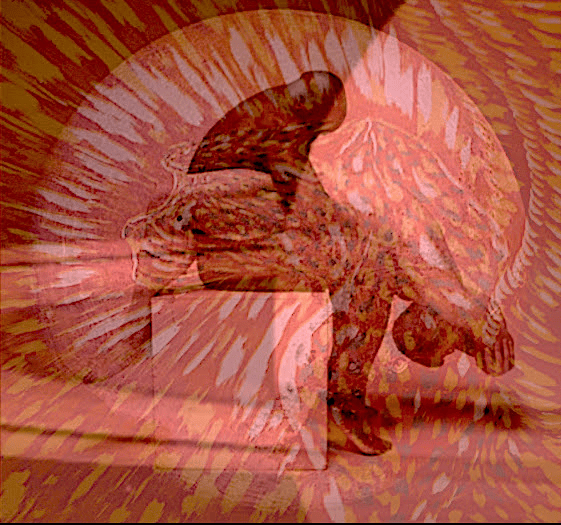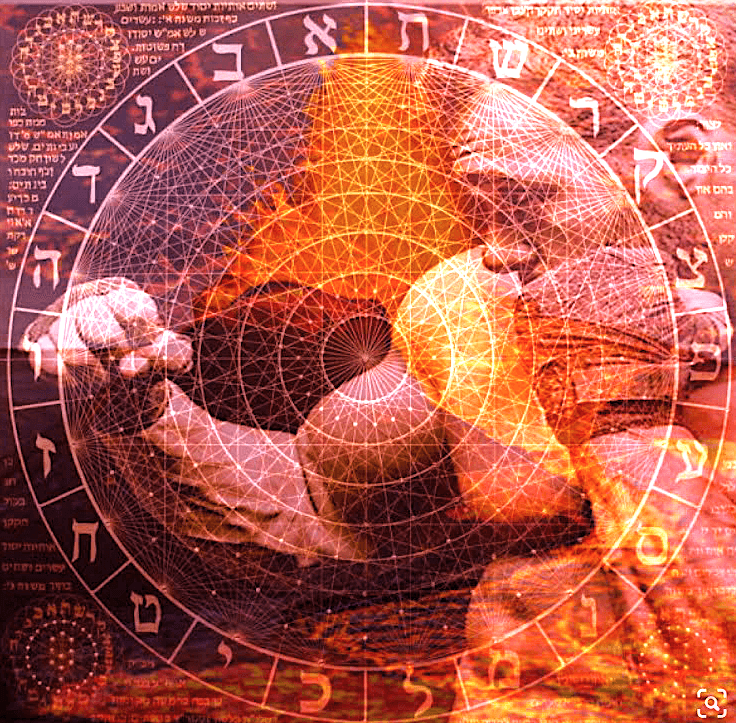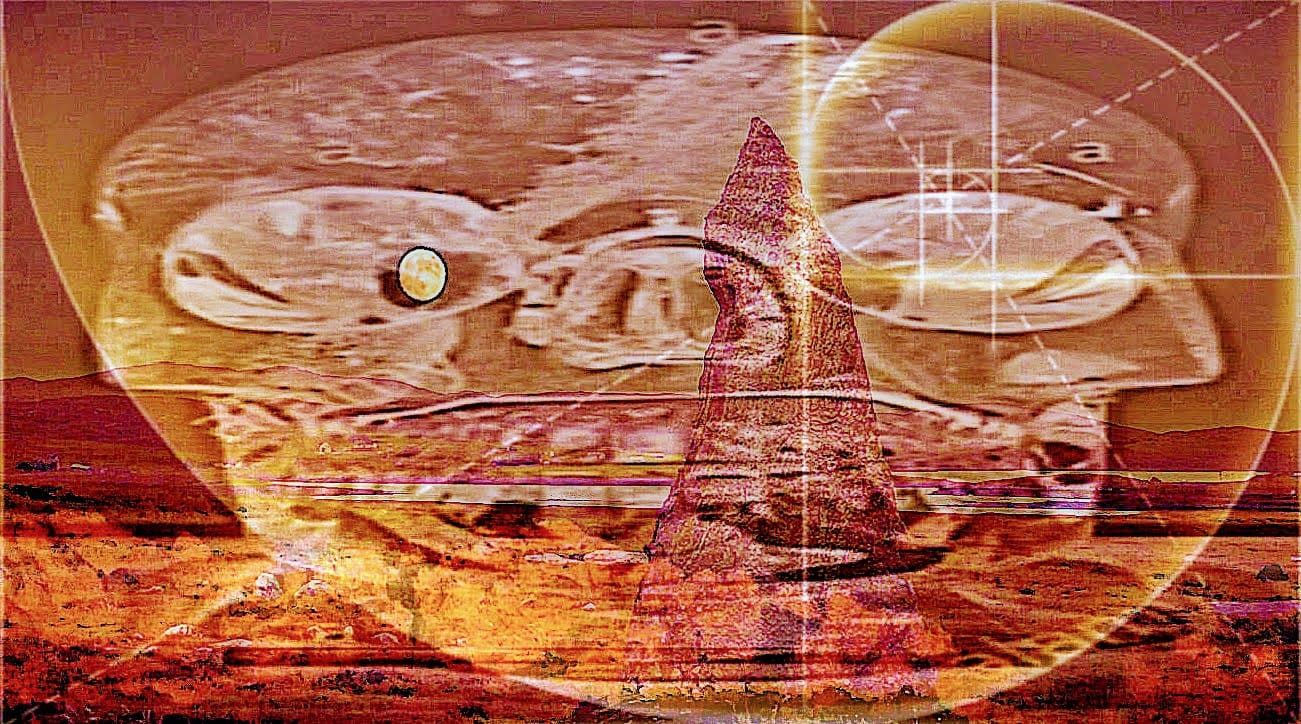Contemporary Artist Theriault is Shaping Future creatives with AI Prompt Engineering
Theriault and AI language models become increasingly sophisticated, the role of prompt engineering is transforming from a technical skill to art.


In the rapidly evolving landscape of artificial intelligence, contemporary artist Theriault is pioneering a unique approach to AI prompt engineering, bringing his creative expertise to this emerging field. As AI language models become increasingly sophisticated, the role of prompt engineering is transforming from a technical skill into an art form, and Theriault stands at the forefront of this AI Prompt Engineering revolution.
The Creative Bridge Between AI and Text-to-Action Humanity
Theriault's perspective on prompt engineering is refreshingly straightforward: it's about being the essential intermediary between powerful language models like Open AI-owned ChatGPT and Claude and the end users who need to harness their capabilities. His artistic background brings a unique dimension to this role, approaching prompt engineering as a technical challenge and a creative endeavour that requires both imagination and precision.
"Prompt engineering is really about understanding both the human element and the AI's capabilities," Theriault explains. "It's similar to how an artist must understand their medium and audience." This approach has allowed him to bridge the gap between complex AI systems and users who might otherwise need help to fully utilize these powerful tools.
The Evolution of Digital Creation
The landscape of digital creation has undergone a dramatic transformation in recent years. Previously, if someone needed a website or game developed, they would typically need to hire a freelance developer or coder, often waiting months for the final product. The process was time-consuming, expensive, and often inaccessible to many potential clients.
However, the emergence of advanced AI models like Anthropic's Claude and GPT has revolutionized this process. These systems can now generate complex code in moments, dramatically reducing the time and cost associated with digital creation. Theriault sees this not as a threat to traditional development roles but as an opportunity for a new category of professional: the prompt engineer as it all moves to the 6.6 Billion dollar Microsoft Azure platform to house Orion and its think and learn AGI- Artificial General Intelligence self soon.

The Rising Demand for Prompt Engineering Expertise and the Readiness Gap
Theriault observes that prompt engineering skills are becoming increasingly valuable across all sectors as AI continues to evolve and integrate into various industries. This isn't just a trend—it's becoming a fundamental requirement for many professional roles. Effective communication with AI systems and optimizing their output quickly became as essential as computer literacy in previous decades.
Theriault's firsthand experience in the field has shown that as AI capabilities grow, the demand for skilled prompt engineers rises correspondingly. This growth isn't limited to the tech sector - industries from healthcare to education increasingly rely on AI tools, creating a need for professionals who can effectively bridge the gap between these powerful systems and their users.

The Future Landscape: 2030 and Beyond
Looking toward the future, Theriault's vision is both ambitious and realistic. He sees AI integration becoming ubiquitous across all platforms and industries, creating an unprecedented demand for prompt engineering expertise. His prediction that prompt engineering will become one of the most dominant professional fields by 2030 is based on carefully observing current trends and understanding where technology is headed.

"We're not just talking about a new job category," Theriault notes. "We're looking at a fundamental shift in how humans interact with technology." This transformation is already underway, with AI systems becoming increasingly sophisticated and accessible. The role of the prompt engineer will be crucial in ensuring these powerful tools are used effectively and responsibly.
As artificial intelligence continues to evolve and integrate itself into every aspect of our digital lives, Theriault's artistic approach to prompt engineering offers valuable insights into the future of this field. His vision of prompt engineering as a creative discipline, combining technical expertise with artistic sensibility, may become the standard approach as we move toward an increasingly AI-integrated future.
For those looking to enter this field, Theriault's example suggests that success in prompt engineering will require more than just technical knowledge. It will demand creativity, adaptability, and a deep understanding of both human needs and AI capabilities. As we approach 2030, his prediction of prompt engineering becoming a dominant professional field seems not just possible but increasingly probable.

FAQ:
What is AI prompt engineering, and why is it important for business owners?
AI prompt engineering involves crafting precise instructions for AI systems to optimize their output, transforming it from a technical task to an art form. Mastering this skill can significantly improve efficiency and innovation for business owners in areas such as lead database reactivation and customer interaction.
How can AI prompt engineering benefit Android sales bots?
Using AI prompt engineering, Android sales bots can be tailored to create more engaging customer interactions and streamline the sales process. This method enhances the bot's ability to respond accurately to customer needs, increasing sales and customer satisfaction.
What role does AI prompt engineering play in modern business models?
AI prompt engineering is pivotal in modern business models. It enables smooth integration of AI tools to automate and optimize operations like customer engagement and data management. This skill helps businesses maintain a competitive edge by allowing for more responsive and personalized client interactions.
How is AI used in lead database reactivation via SMS?
AI models can analyze customer data and generate personalized SMS messages for lead reactivation, increasing engagement and conversion rates. Effective AI prompt engineering ensures these messages are strategically designed to resonate with the target audience, enhancing the overall business strategy.
What impact does AI prompt engineering have on Canadian businesses?
For Canadian businesses, AI prompt engineering provides opportunities to innovate and expand by optimizing business processes and enhancing customer experience. This adaptation to AI-driven strategies keeps Canadian companies at the forefront of global market trends.
Why should liberal, forward-thinking business owners be interested in AI prompt engineering?
Forward-thinking business owners benefit from AI prompt engineering by leveraging AI's capabilities in innovative and ethical ways to transform business operations. It allows them to stay ahead in the marketplace through enhanced creativity and efficiency in their approaches.
How can AI prompt engineering to influence future industries?
AI prompt engineering is set to shape future industries by enabling seamless integration of AI across various sectors, eliminating many customer service jobs while fostering new job roles and promoting technological advancement. This skill set will be crucial as industries increasingly rely on AI for growth and sustainability.



